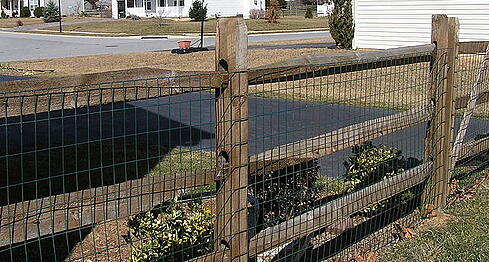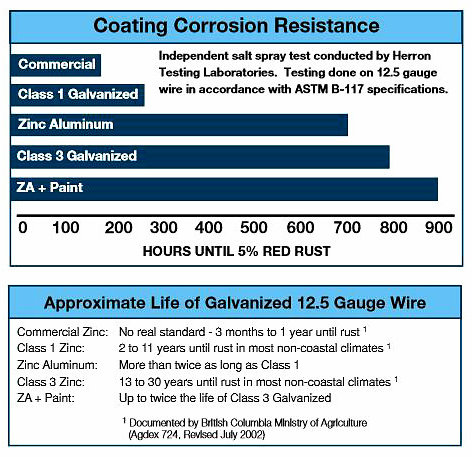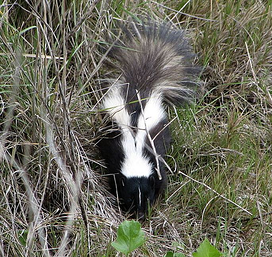A Brief Lesson Before Stapling
Do you know how to use galvanized fence staples? I certainly didn’t. I didn’t realize there was anything to know.
Fence staples or u-nails as they are also called aren’t very complicated; however, there is a minimum amount of knowledge you should have to make sure the staples secure your fence in the way that they're intended to be. Being one whose staple knowledge was insufficient to use them, I consulted an expert who kindly took the time to educate me. Steven Sarson (watch his video about of Bekaert has many years of experience in the fencing industry and sent me an email that was very informative and I’ve included it in its entirety below.
Here is Steve's letter:
Josh,
Here are my general ideas on stapling wire to posts:
Smooth wire electric – Loose staple every wire. Keep spaces consistent by using a measuring stick with spaces marked on it. Start from the bottom when stapling. Most animals will go under the fence rather than over.
Barbed Wire – Loose staple every wire. Use a measuring stick. Mark the wire positions. I prefer to start at the top when installing multiple strands of barbed wire so successive wires don’t get hung up.
Woven Wire – Always loose staple the wires. Wire expands and contracts with temperature change and also needs to be free to move under the staple so the brace takes the impact and not the stapled post. Here is the pattern I use:
- High Tensile field fence (Fixed Knot, Hinge joint) – Loose staple the bottom two wires, every wire after that, and the top wire. In the bottom of a dip and at the crown of a rise, staple every wire to maintain spacing as the wire goes up and down.
- Horse Fence and Low Carbon Field Fence – Typically, I
loose staple every wire due to the elongation of LC wire. The staples are needed to hold it up.
These guidelines are by no means meant to be an official standard but are a guide to what I’ve used over the years.
Thanks,
Steven
Great stuff Steven! Honestly, I would have pounded the staples home if I followed my intuition. That way they would be secure. The loose staple concept was a revelation to me. Follow the same instruction for welded wire fencing materials. Now, here's a short video to reinforce the above information.
To those of you who are professionals, this is probably not news. Does anybody else have tips out there? We’d love to hear them.






















